Central American Boa Species Profile
Updated on 04/26/24
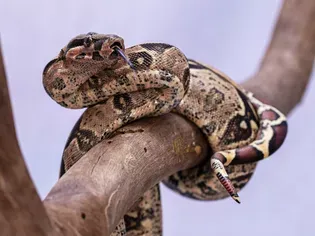
Unveiling the Enigmatic Central American Boa: A Comprehensive Species Profile
Introduction
Immerse yourself in the captivating world of Central American boas, mesmerizing reptiles that embody the very essence of mystery and elegance. From their captivating patterns to their intriguing behaviors, these intriguing serpents hold a special place in the hearts of reptile enthusiasts worldwide. Join us as we embark on an in-depth exploration of this magnificent species, unraveling their captivating secrets and uncovering their captivating natural history.
Subtopic 1: Taxonomy and Distribution
The Central American boa (Boa imperator) belongs to the Boidae family, a diverse group of non-venomous constrictors. They proudly display a wide distribution, gracing the tropical landscapes of Central America, extending from southern Mexico to northwestern Colombia. These adaptable creatures thrive in a mosaic of habitats, ranging from rainforests and woodlands to savannas and grasslands.
Subtopic 2: Physical Characteristics
Central American boas are remarkably diverse, showcasing an array of colors and patterns that reflect their diverse habitats. Their scales shimmer in a spectrum of hues, from rich brown and warm amber to iridescent greens and striking blacks. These patterns, a symphony of dark saddles and lighter blotches, create a unique and captivating camouflage.
Their size can range from petite to imposing, with females typically outgrowing their male counterparts. Adults commonly stretch between 4 and 9 feet in length, while exceptional individuals can reach astonishing lengths of over 12 feet. Their bodies are muscular and robust, adorned with large, heat-sensing pit organs that enable them to locate warm-blooded prey with uncanny precision.
Subtopic 3: Natural History
Central American boas are nocturnal predators, their keen senses and stealthy movements allowing them to navigate the darkness with ease. As ambush predators, they patiently lie in wait for unsuspecting prey, relying on their powerful jaws and constricting coils to subdue their victims. Their diet primarily consists of rodents, birds, and small mammals, which they swiftly ensnare and consume whole.
These fascinating creatures are also skilled climbers, utilizing their muscular frames and grippy scales to ascend trees and explore their surroundings. While primarily terrestrial, they display remarkable adaptability, occasionally venturing into aquatic environments to hunt for prey or seek refuge.
Subtopic 4: Reproduction and Life Cycle
Central American boas reach sexual maturity between 3 and 5 years of age. Breeding typically occurs during the dry season, with females emitting pheromones to attract potential mates. Males engage in elaborate courtship rituals, showcasing their strength and agility to impress their chosen partner.
Females are ovoviviparous, meaning they retain their fertilized eggs within their bodies until they are ready to hatch. Gestation periods vary depending on environmental factors, typically lasting between 100 and 120 days. Litters usually consist of 10 to 20 live young, each measuring approximately 12 to 18 inches in length.
Subtopic 5: Captive Care
Central American boas have gained popularity as captivating exotic pets, gracing the terrariums of reptile enthusiasts around the globe. Providing them with appropriate captive care is paramount to ensuring their well-being and longevity.
A spacious enclosure, mimicking their natural habitat, is essential. Adequate heating, humidity, and hiding places should be meticulously provided to cater to their specific needs. A varied diet, consisting of appropriately sized rodents, is crucial for maintaining their health and vitality. Regular veterinary check-ups are also highly recommended to ensure their overall well-being.
Conclusion
The Central American boa stands as a testament to the incredible diversity and beauty of the reptile world. From their captivating patterns to their intriguing behaviors, these extraordinary creatures are a captivating sight to behold. Whether encountered in their natural habitat or thriving in the care of responsible reptile enthusiasts, Central American boas continue to captivate and inspire awe.
As we conclude our exploration of this enigmatic species, we invite you to delve deeper into their fascinating world. May this comprehensive profile serve as a beacon, guiding you on your journey to discover the extraordinary intricacies of Central American boas. Embrace the opportunity to learn more about these remarkable reptiles and appreciate their significant role in the intricate tapestry of life.
Explore More Pets
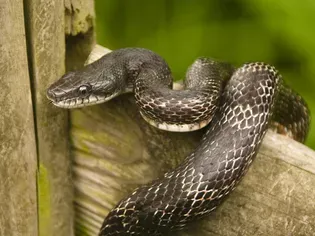
Pet Snake Species
Black Rat Snake: Species Profile

Pet Snake Species
How to Care for a Pet Corn Snake
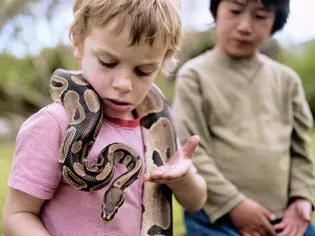
Pet Snake Species
Do Ball Pythons Make Good Pets?
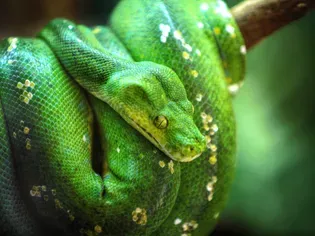
Pet Snake Species
How to Care for a Pet Green Tree Python
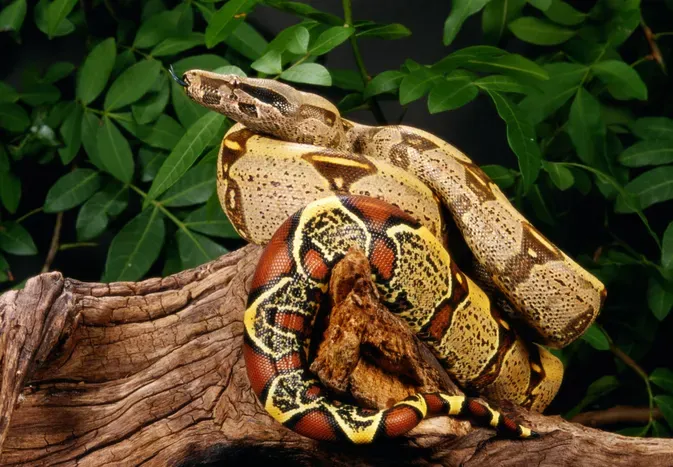
Pet Snake Species
Red Tail Boas
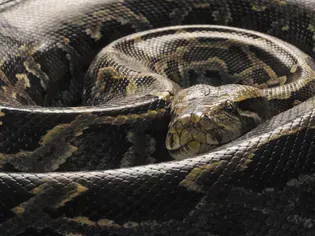
Pet Snake Species
Burmese Pythons: Species Profile
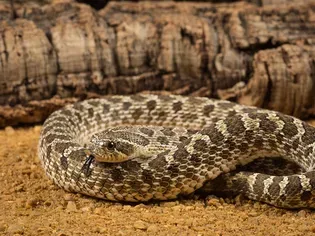
Pet Snake Species
Hognose Snake: Species Profile
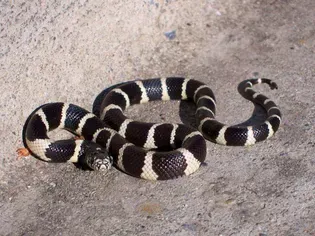
Pet Snake Species
Kingsnakes and Milk Snakes: Species Profile